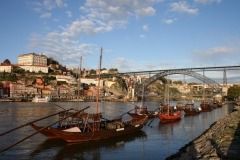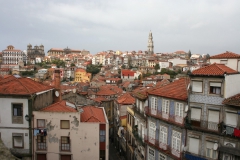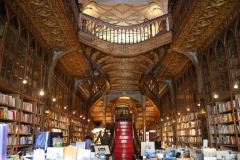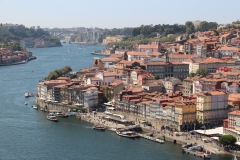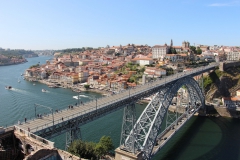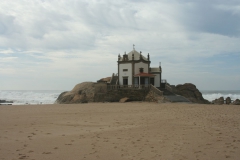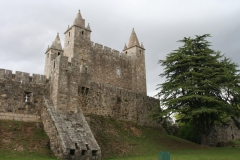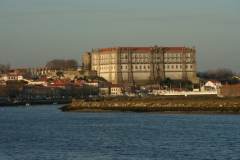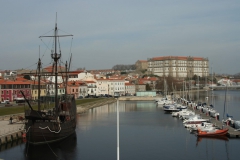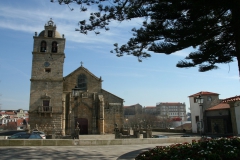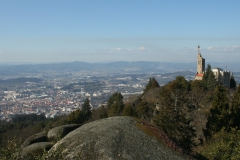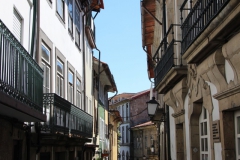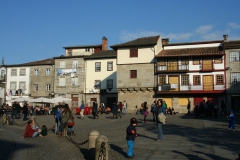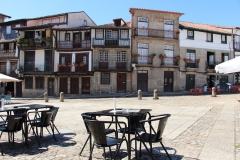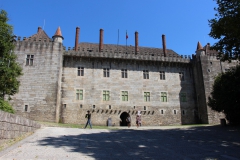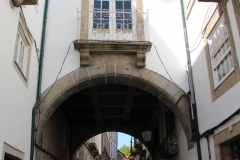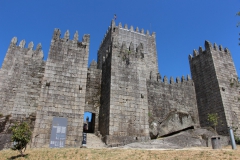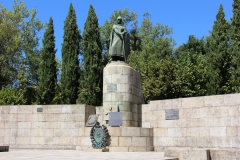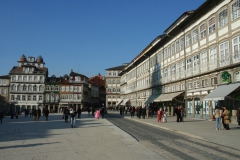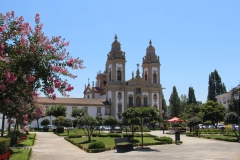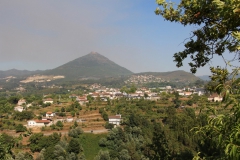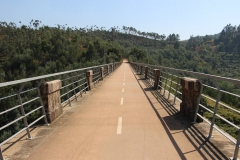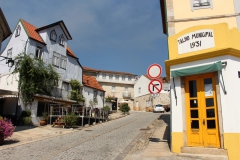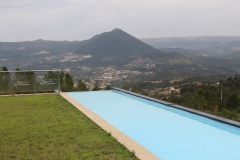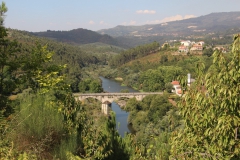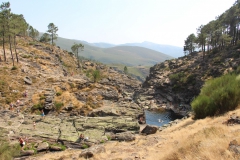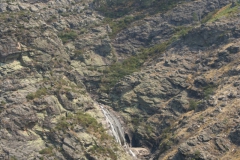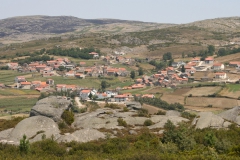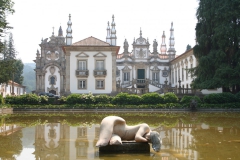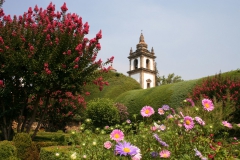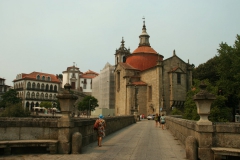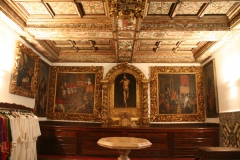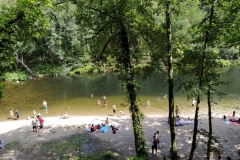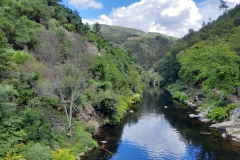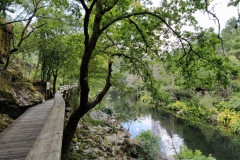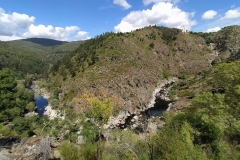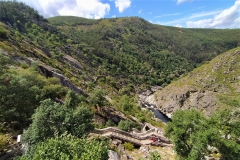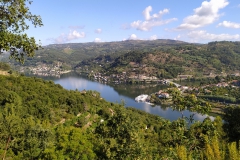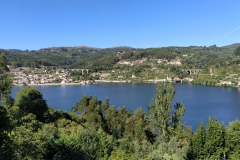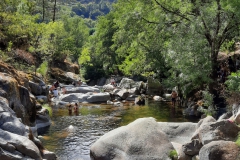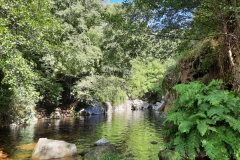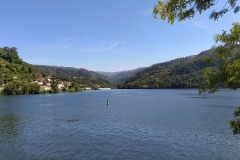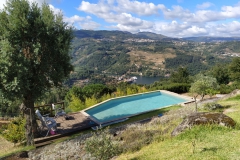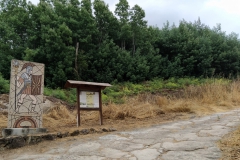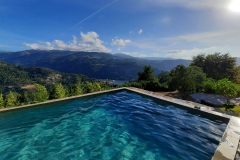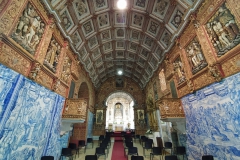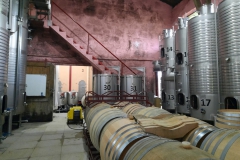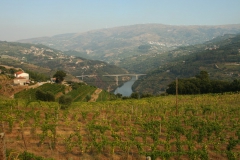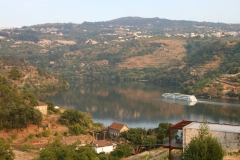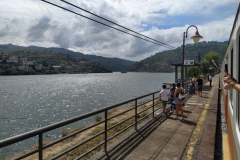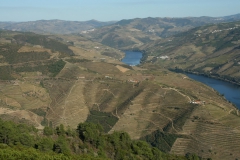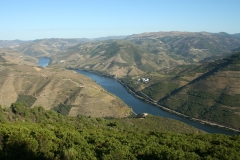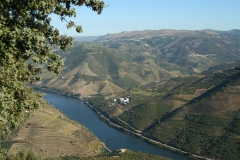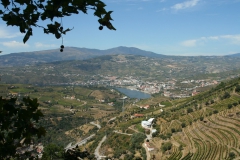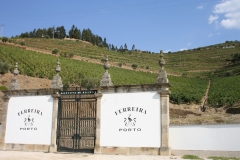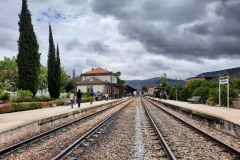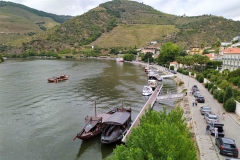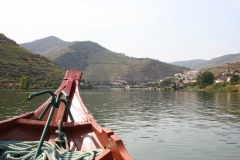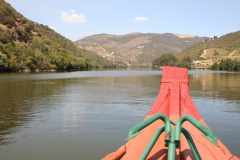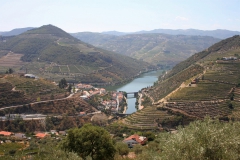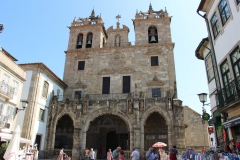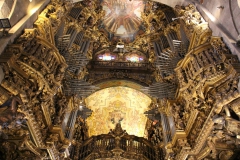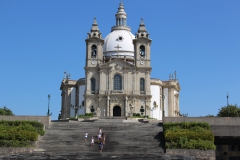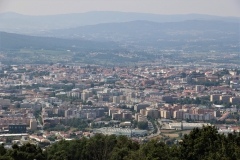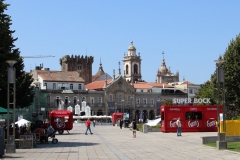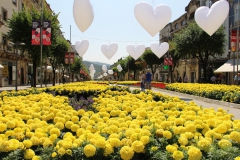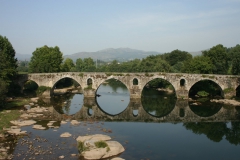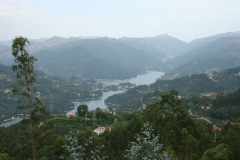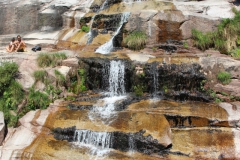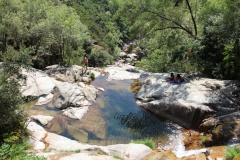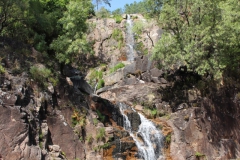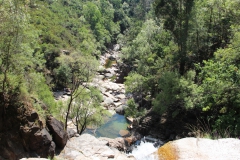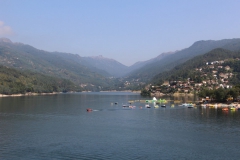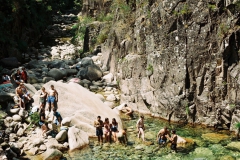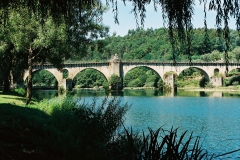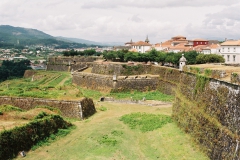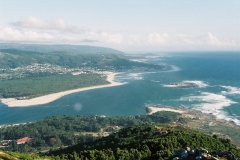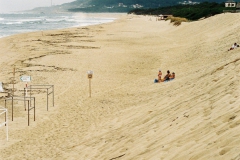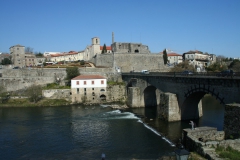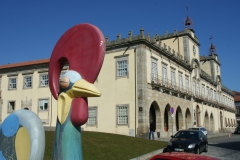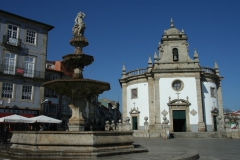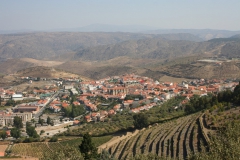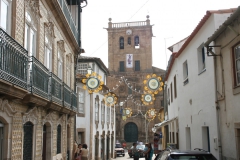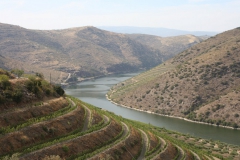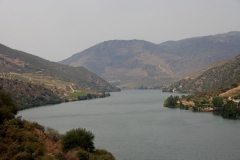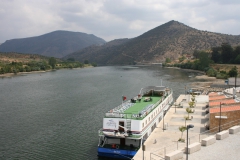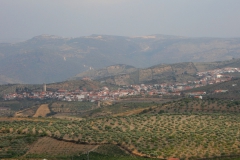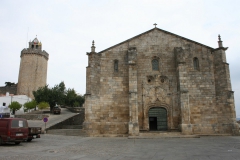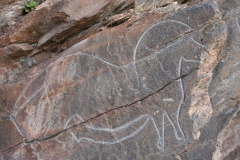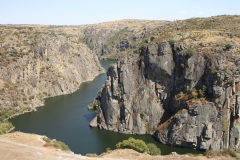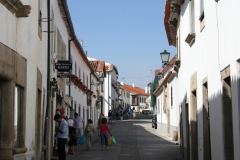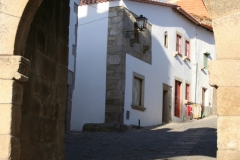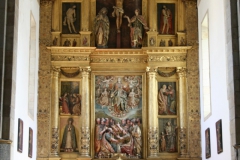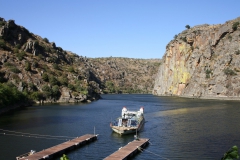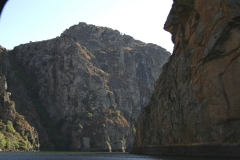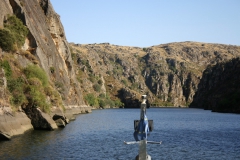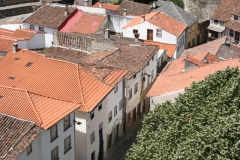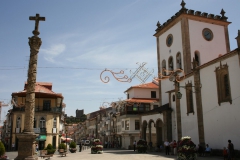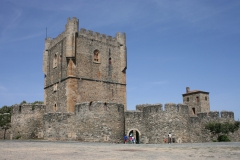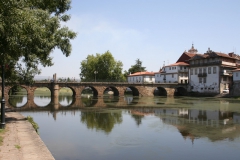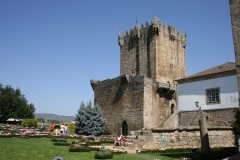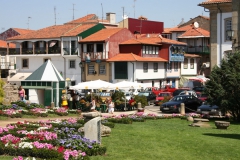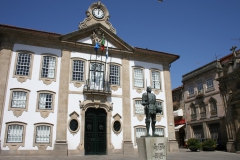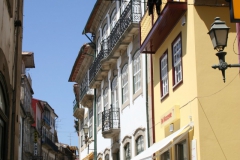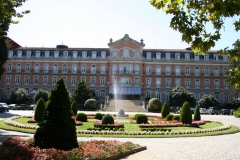Porto and the North
The following itineraries focus much more on our suggested routes in the map and the visual perspective through the camera lens so you can easily pick the places with the most appeal for you and create your own itinerary. Then there are thousands of travel guides and webpages for you to learn about each place. Nevertheless ask us anything about the itineraries or sites anytime. It will be a pleasure to help.
Itineraries
- Porto, Guimarães and Marão Mountains
Porto – Guimarães – Cabeceiras de Basto – Mondim de Basto – Alvão Natural Park – Vila Real – Amarante - Douro Valley
Arouca – Passadiços do Paiva – Cinfães – Resende – Régua – São Leonardo de Galafura – Pinhão - Minho
Braga – Gerês National Park – Melgaço – Valença – Vila Nova de Cerveira – Viana de Castelo – Ponte de Lima – Barcelos - Trás-os-Montes
Torre de Moncorvo – Barca d’Alva – Freixo de Espada à Cinta – Miranda do Douro – Bragança – Chaves
Porto, Guimarães and Marão Mountains
Porto and Guimarães can be included in the Minho itinerary for a longer trip. Porto can also be the starting point for the Douro valley exploration. It is after all the second largest city in Portugal and even part of this section’s name, so it figures why any itinerary will probably start in Porto. Its historic center, the “Ribeira” is a world heritage site by UNESCO. It a city of art and culture, beautiful architecture and the unique geography of the Douro River shaping it with rugged shores and awesome bridges. It is the city where all wine (including the famous Port wine) from the Douro valley ends up being stored and aged. So take at least 2 to 3 days to discover this incredible city.
So when you depart Porto from the motorway you get to Guimarães before you end up spelling it. But we recommend a detour to Vila do Conde, a lovely coastal town, and then take the motorway. Guimarães is the birthplace of Portugal. Here the first king of Portugal, Afonso I, declared the independence from the kingdom of Leon in the 12th century. It is classified by UNESCO as world heritage. Its urban center is beautiful and on a hill top is located the medieval castle and the first palace of the Dukes of Bragança. It is worth taking the cable car to Penha sanctuary for great views.
Then going further inland we’ll reach Cabeceiras de Basto where you can visit the majestic São Miguel dos Refojos Monastery. This area is known as the Tâmega valley. Further south we reach Mondim de Basto. Here we can come into the Ecopista do Tâmega, an old railway turned into a 40 km trail for hiking and biking. We can also visit a wine producer of the Vinho Verde region. In Mondim it is inevitable to drive up to Senhora da Graça mountain, an iconic elevation in the Bike Tour of Portugal, mostly because its conic shape that has a sanctuary on the top and amazing views.
From Mondim de Basto we drive up to Alvão Natural Park, an impressive mountain range with beautiful forests, waterfalls, natural pools and hiking trails. Crossing Alvão Park to the other side we arrive in Vila Real, a regional capital. Visiting the nearby Mateus Palace is a must. Next and final stop in this itinerary is the lovely town of Amarante, in the Tâmega river, featuring a beautiful historic center.
Douro Valley
The vineyards of the Douro Valley are classified as world heritage by UNESCO. This is one of the most spectacular landscapes in Portugal and a true international top. The vineyards are spread downhill towards the river in a steep angle making it unique amid impressive mountains. The Douro Valley can be visited in several ways which may be a good excuse to come over more than once. The most luxurious is a couple of days cruise from Porto upstream. The most distant destination harbour is Barca d’Alva. On the way there will be several interesting excursions. Another way to visit the valley is by train. The train connects Porto to Pocinho and gets to the valley in Pala. From there the railway goes all the way along the riverside making it one of the most beautiful train rides in the world. It is not a touristic train so the tickets are cheap. You can also combine a cruise upstream from Porto and a return by train.
Anyway the third way to visit the Douro which we will follow here for flexibility purposes is to drive. The roads are curvy and slow but we will find literally a viewpoint in each curve. In this itinerary we depart from Arouca so we can include the amazing Passadiços do Paiva, an incredible unique 9 km boardwalk along Paiva River, a Douro tributary. It has become the most popular boardwalk in Portugal and it is for a reason. It is nature at its best. We move on to Cinfães and come into the Douro valley itself. Going down to the river after Cinfães we reach the natural pools of the Bestança River.
From here to Resende we can use either the north or south bank road depending on what we aim along the way, like a wine farm visit in Santa Marinha do Zêzere, a boat ride in Caldas de Aregos or a bit more distant the beautiful Soalhães Church presenting the splendor of “azulejos”. Next stop is Peso da Régua, the largest town in the valley. It is not a beautiful town except for some parts but here you’ll find all services. Lamego is a great historical town to visit nearby.
Departing Régua we’ll head to one of the most incredible and poetic viewpoints of the Douro Valley, São Leonardo da Galafura, celebrated by a notorious poet, Miguel Torga. The next stop is Pinhão. If you can’t do the whole itinerary, do at least the stretch between Régua and Pinhão, either by train, boat or car, being the latter best done on the south bank N222. In Pinhão you can explore the farms and mountains all around, take a ride in one of the traditional boats “rabelo” that used to carry the Port wine downstream to Porto. It is also worth drive a bit up north to Sabrosa, enjoy the viewpoints and reach this small town that was the birthplace of Fernão Magalhães (Magellan), the famous navigator who toured the world in 1520.
Minho
We start a circular itinerary of the Minho region in Braga which is currently Portugal’s third largest city after Lisbon and Porto. The city in itself has many charms as it is considered the religious capital of Portugal. The historic center is very beautiful and features several monuments to visit being the most notorious, the Cathedral with its impressive organs. Outside of the city we’ll find the sancturies of Bom Jesus and Sameiro, both with incredible views.
From Braga we’ll head towards Gerês National Park, the only park with the top classification in the country. It is a monument to nature and wildlife. We’ll get there through Caniçada and Vilar da Veiga where we can enjoy many water activities. After we pass by Caldas do Gerês, there will be no more houses but only trees. In the area you’ll find many hiking trails with plenty of forests, waterfalls and natural pools like Cascata do Tahiti, as it is known, and Portela do Homem just before the border with Spain. You can actually go a bit into Spain to return to Portugal in Lindoso and enjoy the Peneda area of the National Park where the huge granite rocks are impressive.
Then we go up north to discover Sistelo with its amazing 11 km trail, much of it as a boardwalk, and Castro Laboreiro ancient town. Then we reach Melgaço and Minho River which marks the border between Portugal and Spain. This is the land of Vinho Verde. From here we’ll drive along the river to Monção and then Valença. Valença is a majestic walled town inside a massive fortification that used to be a strong defense from the Spanish armies. It is now the main gateway from the northern region of Portugal to Galicia in Spain. Vila Nova de Cerveira is a picturesque small town and in Caminha we can take a ferry-boat across the river to drive up Monte Santa Tecla for an amazing view of Minho River estuary.
Now driving south along the coast we’ll find the northern most ocean beach in Portugal, the beautiful Moledo. All the beaches we’ll find are wonderful despite the cold water, until we reach Viana do Castelo, a beautiful old regional capital. On the top of a hill, Santa Luzia Sanctuary is protecting the town and providing overwhelming views. Viana is located in the Lima River estuary. If we drive upstream the Lima we’ll find the beautiful valley leading to Ponte de Lima, also a lovely old town and a wine producing center. We’ll come down south to finish this itinerary in Barcelos, not far from Braga, which is the hometown of the famous Portuguese pottery rooster.
Trás-os-Montes
We start this long itinerary of the most distant region from Lisbon in Torre de Moncorvo which can be easily the end of your Douro Cruise or train ride (Pocinho station is the end of the line). This is a lovely town surrounded by mountains and can be the base for a couple of visits like the Vila Nova de Foz Côa center of Pre-historic Art (described in the Center of Portugal page) and the Sabor River junction with Douro. From Torre de Moncorvo we drive towards Barca d’Alva, the last harbour for the Douro cruises, and then Freixo de Espada à Cinta. Nearby we can find the Mazouco horse, a notorious pre-historic carving in a rock by the river.
Passing through several spectacular viewpoints we reach Mogadouro and then Miranda do Douro, an ancient small town where an old dialect is still spoken. Here you can also take an incredible boat ride in the international section of the Douro River. It is a glass roof boat that lets you enjoy the beauty of the canyon and its amazing wildlife.
From Miranda we’ll head towards Bragança, the regional capital and home to a beautiful well preserved medieval castle. Around Bragança we can explore Montesinho Natural Park a large area of nature where we can still find the iberian wolf. Rio de Onor is a quaint little village in the border that is worth visiting as time seems to have stopped.
We move on to Chaves town founded by the romans because of the baths. Still today there is a health spa from natural waters. The medieval castle is majestic. There is still a roman bridge across the Tâmega river that makes a lovely postcard. The Vidago Palace Hotel is a fine thermal hotel in a beautiful building. If you want to go back to Porto quickly, driving the motorway will take about 1 hour and a half.

